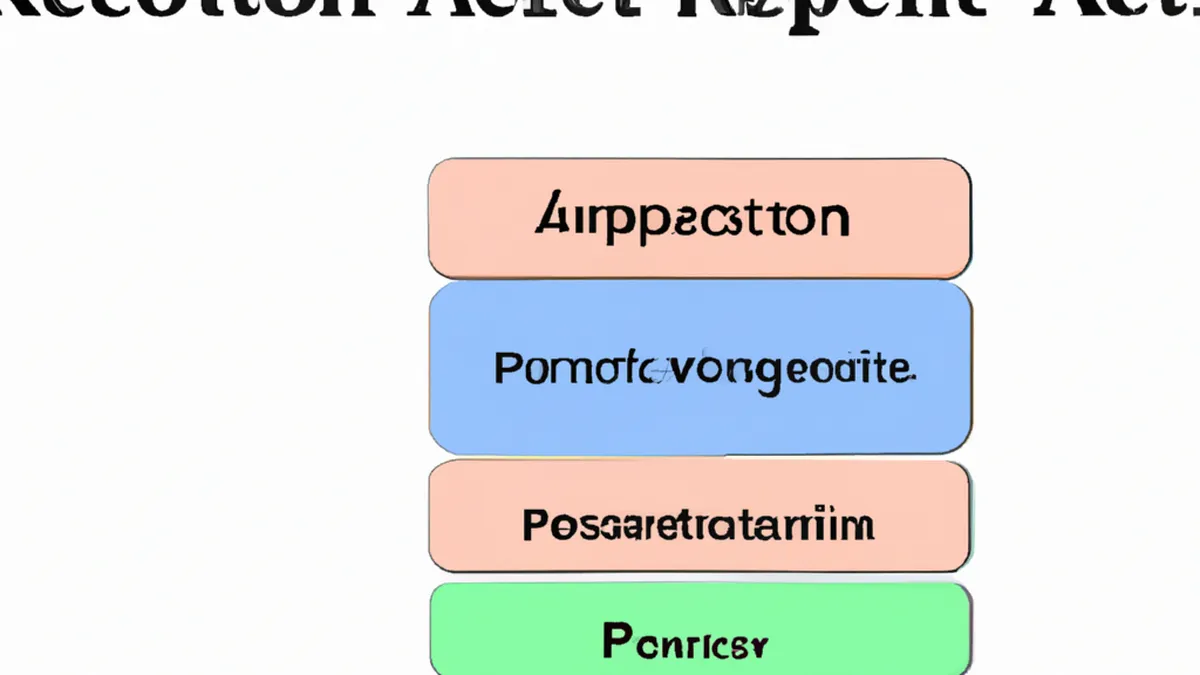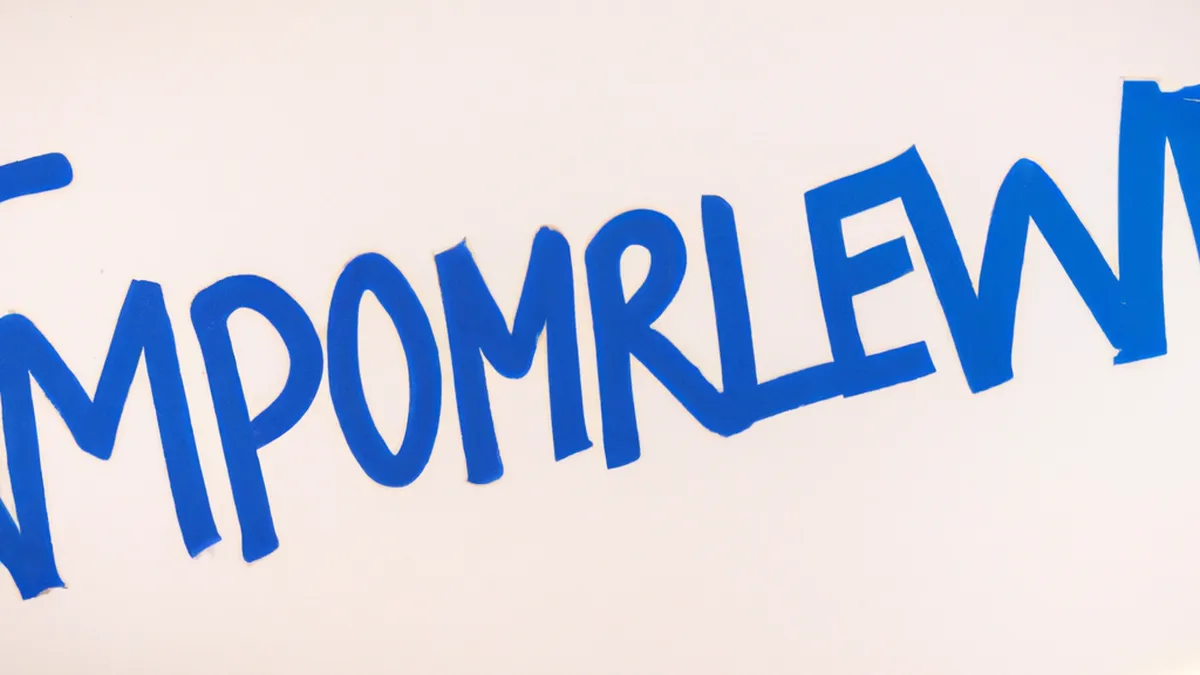Initiate a Meaningful Peer Accountability System
How to Create a Peer Accountability System for Autoregulation
In today’s fast-paced world, self-regulation poses significant challenges. Distractions abound, making it hard to focus on goals. Whether you aim to advance in your career, improve health, or develop skills, personal discipline alone often falls short. A peer accountability system can help. This system fosters mutual support and creates an environment for accountability. Let’s explore how to build an effective peer accountability system for autoregulation.
Understanding Autoregulation
Autoregulation means managing your actions, emotions, and behaviors to achieve specific goals. It includes self-discipline, emotional intelligence, and adjusting actions based on feedback. Without external support, self-discipline often falters. Involving peers in your journey creates a safety net that keeps you accountable and motivated. This communal experience strengthens commitment and fosters belonging.
Steps to Create a Peer Accountability System
Follow these steps to establish a peer accountability system.
1. Choose Your Accountability Partners
Select accountability partners who share similar goals and values. Choose committed and reliable individuals who inspire you. Ensure your partners can give and receive constructive feedback. Form small groups of three to five people for deeper connections and meaningful discussions.
2. Define Clear Goals
Set clear and specific goals with your partners. Each partner should outline measurable and attainable objectives. For example, one partner might aim to exercise three times a week, while another focuses on completing a project by a deadline. Ensure everyone understands these goals and aligns them with personal aspirations. Consider writing and sharing these goals to create a reference point.
3. Establish Regular Check-ins
Schedule regular check-ins to maintain momentum. Hold weekly or bi-weekly meetings to discuss progress and challenges. Structure these meetings yet allow flexibility for updates. Celebrate successes, offer support for obstacles, and brainstorm solutions. Create a safe space where everyone feels comfortable sharing struggles and triumphs.
4. Utilize Technology
Leverage technology to enhance accountability efforts. Use communication tools to facilitate discussions and share progress.
Conclusion
Creating a peer accountability system boosts self-regulation and fosters commitment. Engage partners, define goals, and maintain regular check-ins for success.
Below are related products based on this post:
FAQ
What is a peer accountability system and how does it help with autoregulation?
A peer accountability system is a supportive network of individuals who work together to achieve their personal goals. It helps with autoregulation by creating a safety net of mutual support, which fosters motivation and accountability. By involving peers, individuals can stay committed to their objectives and share feedback, enhancing their self-discipline and emotional intelligence.
How do I choose the right accountability partners?
When selecting accountability partners, look for individuals who share similar goals and values. Choose committed and reliable people who can inspire you and provide constructive feedback. Forming small groups of three to five people can lead to deeper connections and more meaningful discussions, enhancing the overall effectiveness of the accountability system.
What should I do during regular check-ins with my accountability partners?
During regular check-ins, discuss your progress and any challenges you may be facing. Structure the meetings to allow for updates while also celebrating successes and providing support for obstacles. It’s important to create a safe space where everyone feels comfortable sharing their struggles and triumphs, and to brainstorm solutions together.















Post Comment